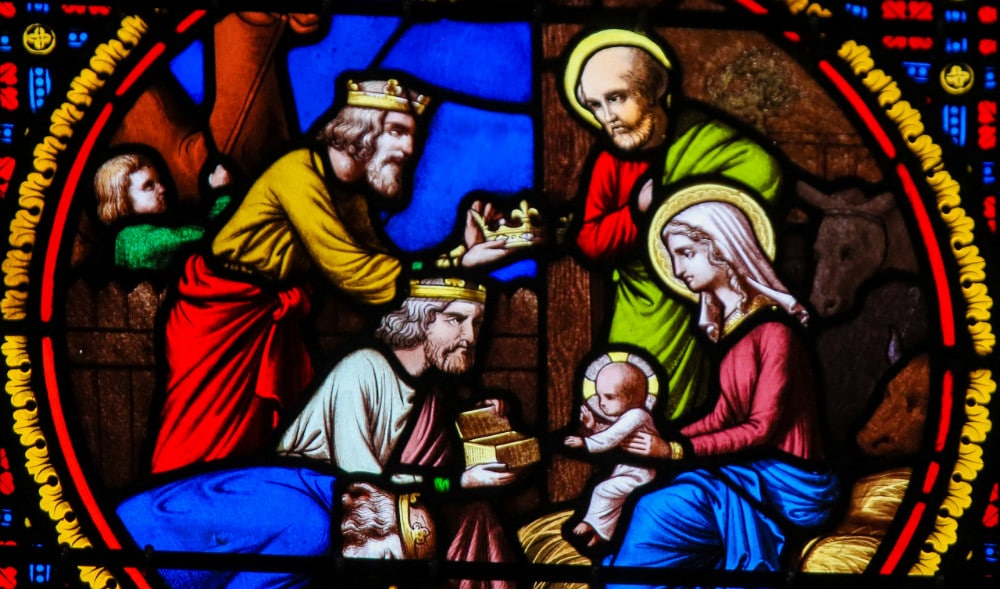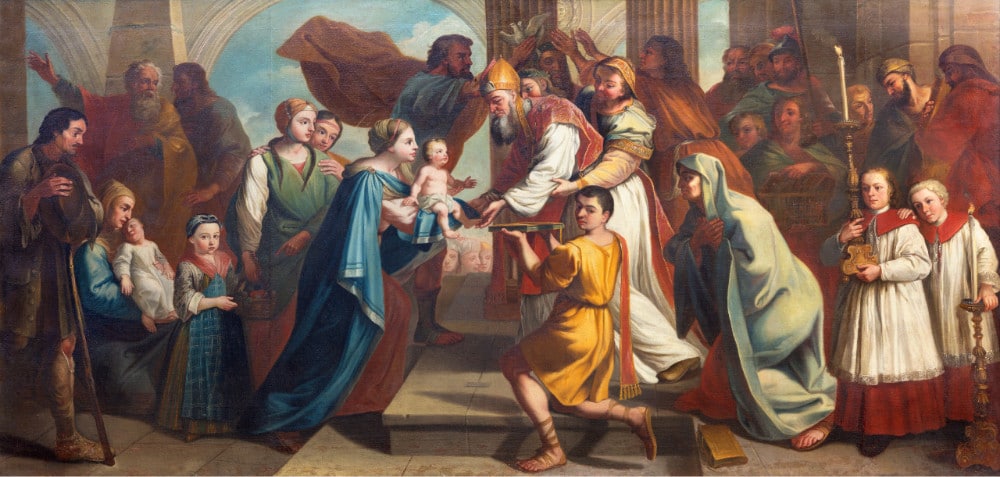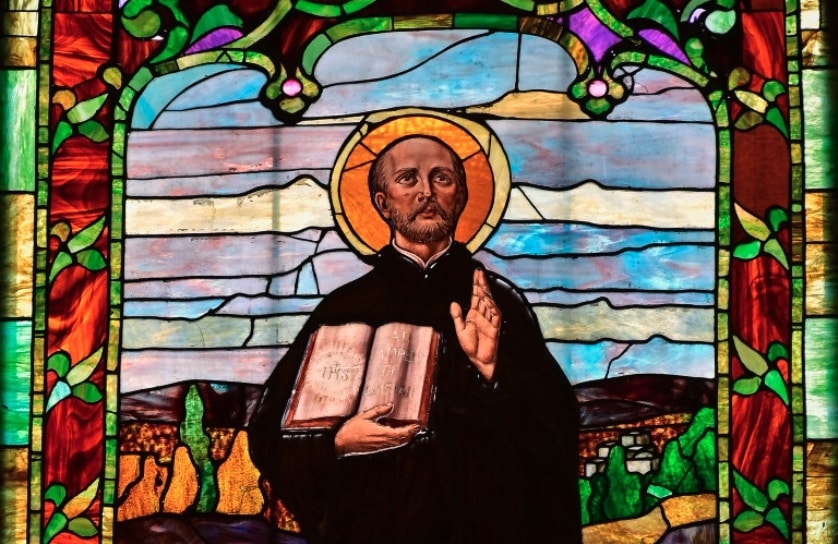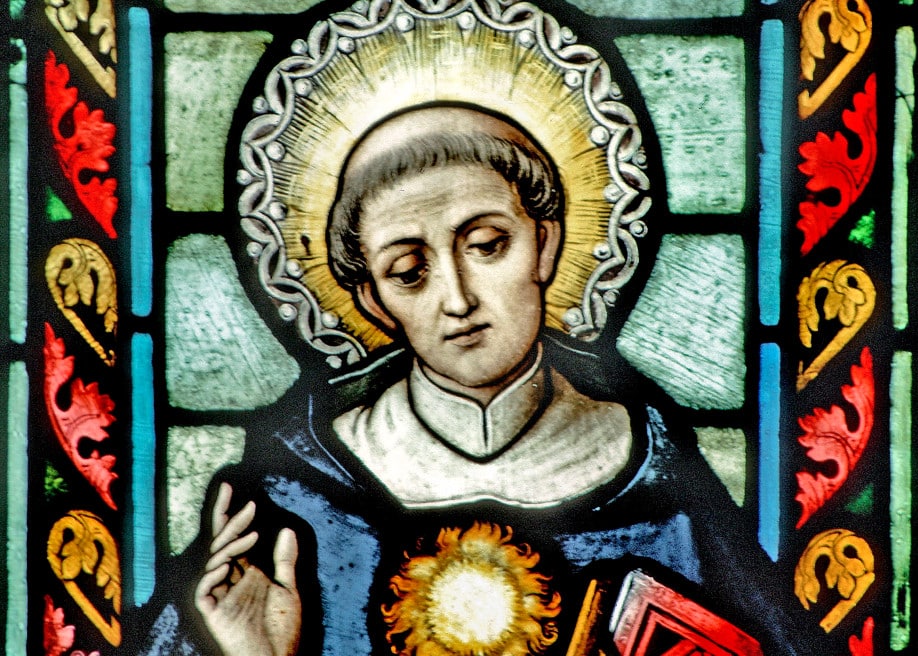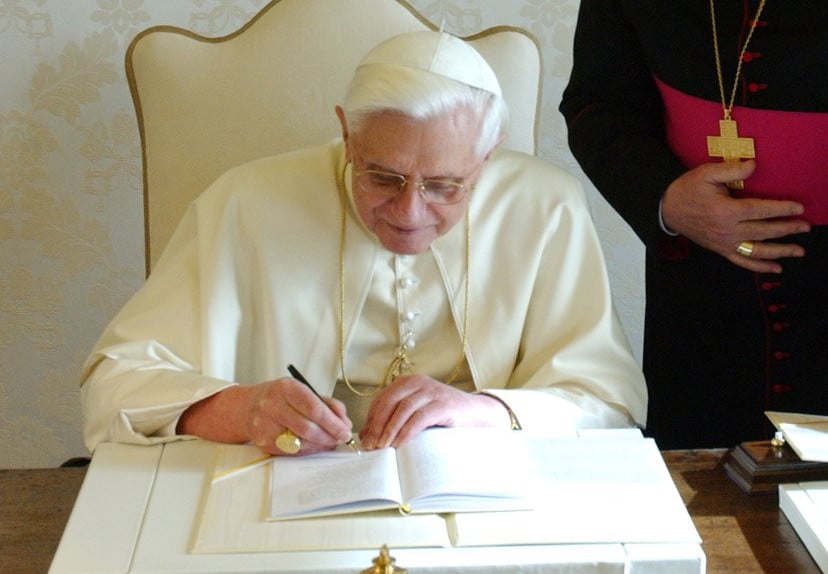I still remember a priest at my parish asking me about it in the sacristy on the first Epiphany after I was ordained a deacon.
“So,” he said, while leafing through the ads in the back of our diocesan newspaper, “you going to do the Epiphany chant this morning?”
I looked at him nervously. I think my lower lip quivered.
“Uh, what’s that?”
He smirked at me with that “oh-you-silly-young-deacon” look and reached for the Roman Missal. He flipped it open to the page, where I saw displayed musical notes and words — sheet music for a chant. I swallowed hard. I was just getting used to the idea of having to chant the Exsultet at Easter. This was something unexpected.
“Um, no,” I sputtered. “Thanks, but no.”
“Well, you should,” he said. “It’s something the deacon does.”
And thus began my long adventure with a piece of music that seems alien to a lot of parishioners and is unknown to a good many deacons (and even priests).
It’s “The Announcement of Easter and the Moveable Feasts,” and it happens on Epiphany as a kind of musical and historical punctuation mark. Before we take down the tree and unplug the lights, the People of God get to hear this lovely two-minute mini-Exsultet — it has some of the same musical themes as that epic Easter Vigil proclamation — and, coming from the lips of the deacon, it’s a reminder of the ancient beginnings of our liturgy.
It sounds like it’s mostly just a laundry list of dates. When I’ve mentioned it to priests, the usual response is, “Deacon, you know, we have calendars now. We use our iPhones and watches. Or, if they’re desperate, people can just check the bulletin. Don’t worry about it.”
Is it worth worrying about? Is it worth doing, even now? I think so.
To begin with, it’s not complicated, and really not that difficult to sing, once you learn it. The rubrics are fairly simple: “On the Epiphany of the Lord, after the singing of the Gospel, a deacon or cantor, in keeping with an ancient practice of the Holy Church, announces from the ambo the moveable feasts of the current year.”
I don’t chant the Gospel — I don’t think that it’s necessary to do that every week — so I’ve tried chanting this at different moments during the Epiphany liturgy. If I’m preaching that morning, I’ll conclude my homily and then introduce the proclamation; if I’m not preaching, but serving the Mass, I’ll offer it before the other announcements at the end of Mass.
It’s a good opportunity, as the trappings of Christmas fade into the rearview mirror, to look ahead at what is to come. You might consider it a preview of coming attractions.
The website of the U.S. Conference of Catholic Bishops puts it this way: “The Epiphany proclamation still has value. It is a reminder of the centrality of the resurrection of the Lord in the liturgical year and the importance of the great mysteries of faith which are celebrated each year.”
I’d go even further. On the one hand, I think this brief musical interlude takes the deacon back to his roots as “herald of the Gospel,” announcing the news of our King. But it also interjects something unexpected into the liturgy: a mid-Mass proclamation, declared in ancient chant, echoing centuries of practice and faith. For a brief moment, we are transported back to our beginnings, and a world without missalettes, without printing, without books on every bench or chair. The news that was once announced in a world where most people could not read is announced once again, the way our ancestors heard it.
It serves as a reminder of what was — and a signal of what will be.
Listen, it says. There will be ashes. And fasting. And processions. There will be death and a resurrection. And in due time, we will find ourselves once again gathered in this place to again welcome Emmanuel and tremble at the astounding wonder of God’s love, as we complete another revolution around the sun.
We begin again. The story goes on.
And I’ll be helping it go on once again this Epiphany. I will climb into the pulpit to spend two minutes chanting something people may think they don’t need to hear — but they do. We all do. On Epiphany, we celebrate a manifestation, affirming the discovery of Christ as God. That moment deserves something extraordinary, and this chant does that.
It says: there’s more to this story. The best is yet to come.
______________________________
The words for this year’s proclamation, from the USCCB website:
Know, dear brethren (brothers and sisters), that, as we have rejoiced at the Nativity of our Lord Jesus Christ, so by leave of God’s mercy we announce to you also the joy of his Resurrection, who is our Savior.
On the 22nd day of February will fall Ash Wednesday, and the beginning of the fast of the most sacred Lenten season.
On the ninth day of April you will celebrate with joy Easter Day, the Paschal feast of our Lord Jesus Christ.
[In those places where the Ascension is observed on Thursday: On the 18th day of May will be the Ascension of our Lord Jesus Christ.]
[In those places where the Ascension is transferred to the Seventh Sunday of Easter: On the 21st day of May will be the Ascension of our Lord Jesus Christ.]
On the 28th day of May, the feast of Pentecost.
On the 11th day of June, the feast of the Most Holy Body and Blood of Christ.
On the third day of December, the First Sunday of the Advent of Our Lord Jesus Christ, to whom is honor and glory for ever and ever. Amen.
You can find the music and videos with examples of the chant at this link. A quick search of YouTube will turn up many more versions, from various years.
Deacon Greg Kandra is the creator of “The Deacon’s Bench” blog and the author of “Befriending St. Joseph” (Ave Maria Press, $13.95).

